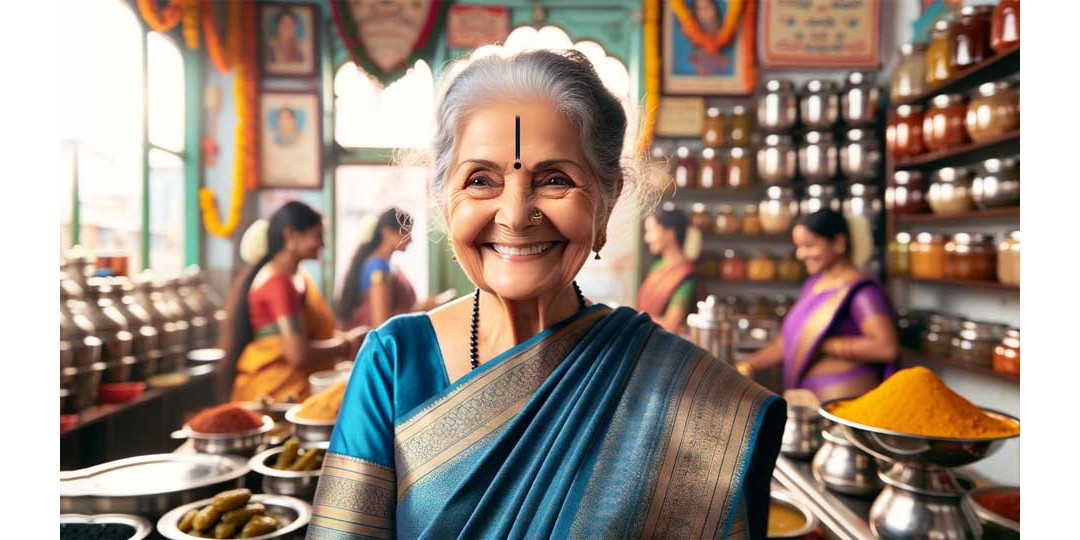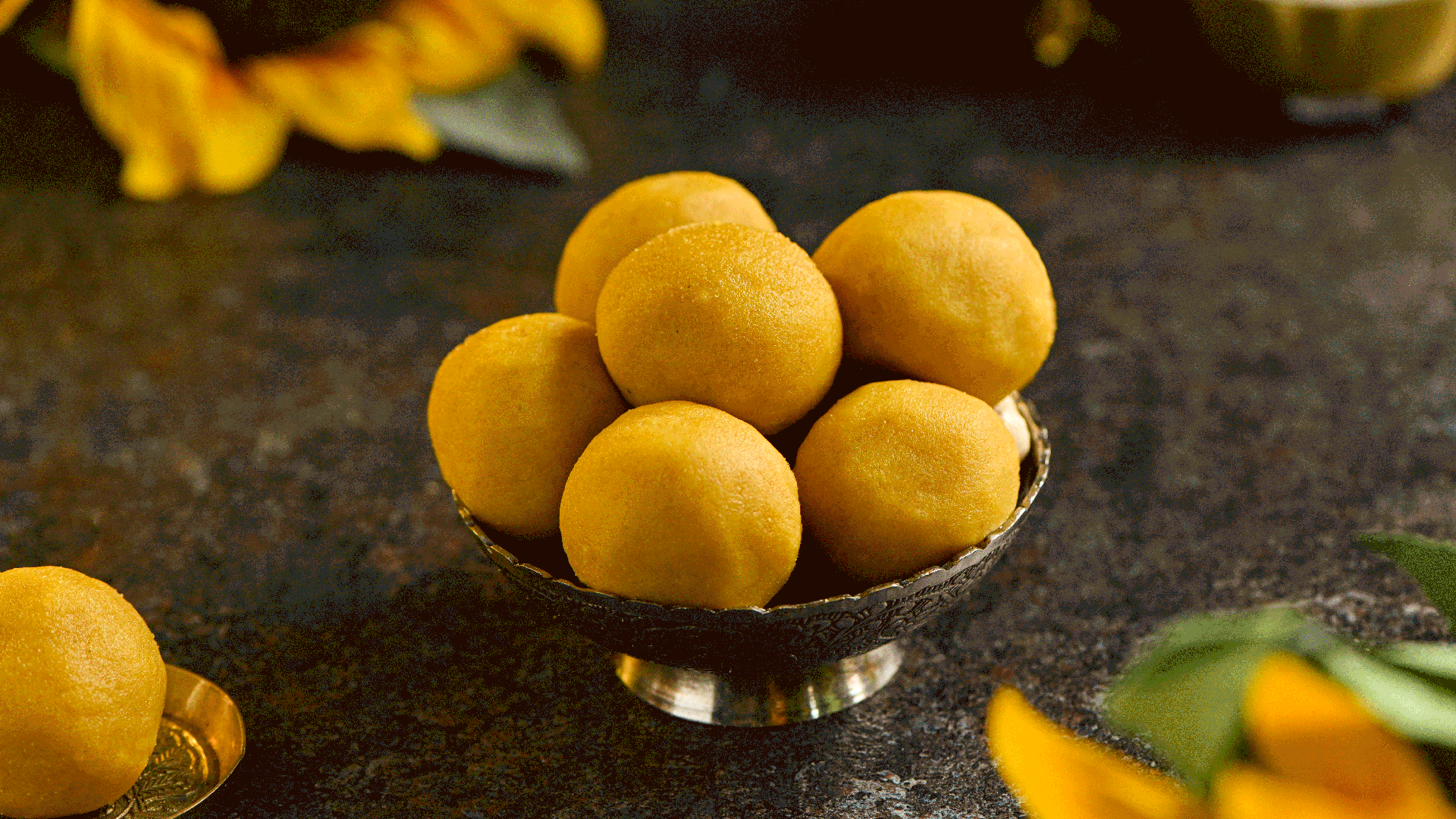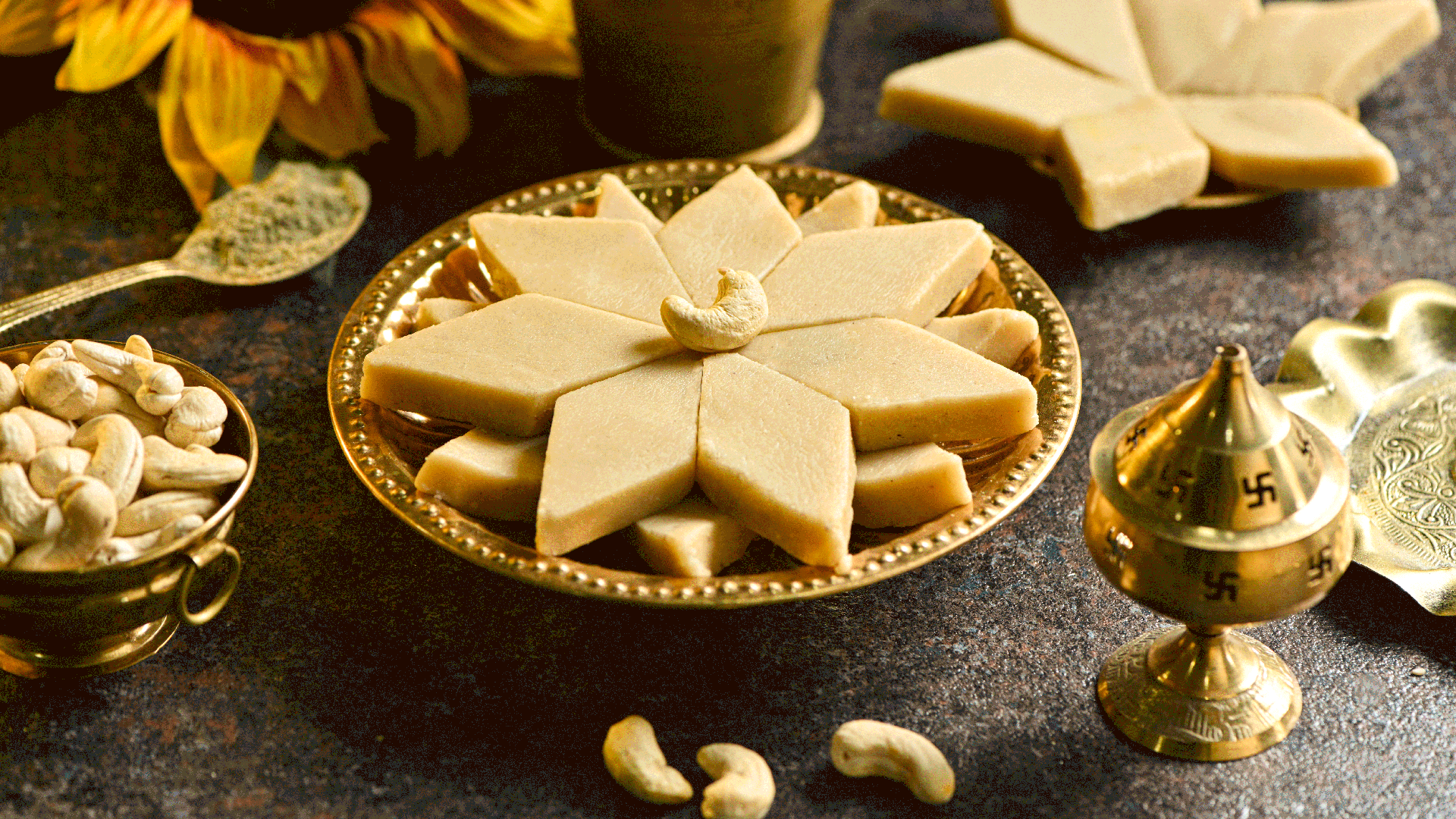
The Cultural Significance of Diwali Sweets
Before we dive into the delicious world of Diwali sweets, it’s important to understand the cultural significance behind these traditional desserts. In Indian culture, food plays a pivotal role in celebrations, and sweets are often seen as a symbol of joy, prosperity, and the sweetness of life. During Diwali, offering sweets to guests, friends, and family is a gesture of goodwill and happiness.
Diwali sweets are typically made from ingredients like ghee (clarified butter), sugar, milk, and nuts, symbolizing purity and richness. They are not only distributed among loved ones but are also offered to deities as prasad (holy offering) in many homes. The act of preparing and sharing sweets during Diwali strengthens the bond of togetherness and spreads the festive spirit.
Why Sweets are Important in Diwali
A Symbol of Celebration: Sweets symbolize victory over darkness and ignorance, marking the triumph of good over evil.
Sharing Prosperity: Offering sweets during Diwali is a way of sharing wealth and prosperity, wishing good fortune to others.
An Offering to the Gods: Many Diwali sweets are offered to deities, especially to Goddess Lakshmi, as a token of gratitude for blessings received throughout the year.
Traditional Diwali Sweets: Must-Haves for the Festival
Here are some of the most popular and beloved Diwali sweets that you simply cannot miss during the festival.

1. Laddu (Ladoo)
Cultural Significance: Laddu is one of the most popular and widely made sweets during Diwali. These round, sweet treats are made from a variety of ingredients, including gram flour, coconut, and semolina, often bound together with ghee and sugar.
Recipe Overview: A basic gram flour (besan) laddu recipe involves roasting besan in ghee until it turns golden brown and emits a nutty aroma. Then, sugar and cardamom are mixed in, and the mixture is shaped into small balls. For a richer version, dry fruits and nuts can be added.
DIY Recipe:
Ingredients: 2 cups besan, 1/2 cup ghee, 3/4 cup sugar, 1 tsp cardamom powder, chopped nuts (optional)
Method: Roast besan in ghee, add sugar and cardamom, shape into laddus while still warm.
 2. Kaju Katli
2. Kaju Katli

Cultural Significance: Kaju Katli is a diamond-shaped sweet made from cashews and sugar. It’s often given as a gift during Diwali due to its luxurious taste and the use of cashews, which symbolize wealth and prosperity.
Recipe Overview: Kaju Katli is made by grinding cashews into a fine powder and cooking it with sugar syrup until it forms a dough-like consistency. The dough is then rolled out thin and cut into diamond shapes.
DIY Recipe:
Ingredients: 1 cup cashews, 1/2 cup sugar, 1/4 cup water, 1 tsp ghee
Method: Grind cashews to a fine powder, make a sugar syrup, mix in cashew powder to form a dough, roll out and cut into shapes.
3. Gulab Jamun
Cultural Significance: Gulab Jamun is another classic Indian sweet that is especially popular during Diwali. These soft, melt-in-your-mouth balls are made from khoya (reduced milk) and are soaked in a fragrant sugar syrup flavored with cardamom and rose water.
Recipe Overview: To make Gulab Jamun, khoya is mixed with a small amount of flour, kneaded into balls, and deep-fried until golden brown. The fried balls are then soaked in sugar syrup until they absorb the liquid and become soft and spongy.
DIY Recipe:
Ingredients: 1 cup khoya, 2 tbsp all-purpose flour, 1/2 tsp baking soda, 1 cup sugar, 1 cup water, 1 tsp rose water, ghee for frying
Method: Mix khoya, flour, and baking soda into a dough, fry balls in ghee, prepare sugar syrup, and soak fried balls in syrup.
4. Rasgulla
Cultural Significance: Originating from the eastern part of India, particularly Bengal, Rasgulla is a spongy sweet made from chenna (Indian cottage cheese) and soaked in a light sugar syrup. It’s a symbol of purity and festivity.
Recipe Overview: Fresh chenna is prepared by curdling milk and then kneading it into smooth balls, which are then boiled in sugar syrup until they expand and become soft and spongy.
DIY Recipe:
Ingredients: 1 liter milk, 1 tbsp lemon juice, 1 cup sugar, 2 cups water
Method: Prepare chenna by curdling milk, knead it into balls, boil in sugar syrup, and serve chilled.
5. Barfi
Cultural Significance: Barfi is a fudgy, milk-based sweet that comes in a variety of flavors, including plain milk, coconut, and pistachio. It’s a versatile sweet often served during Diwali to mark the joy and prosperity of the festival.
Recipe Overview: Barfi is made by cooking down milk with sugar until it thickens. Various flavorings like cardamom or nuts can be added. It’s then spread out in a tray and cut into squares or diamonds.
DIY Recipe:
Ingredients: 1 cup condensed milk, 1/2 cup milk powder, 1/2 tsp cardamom powder, chopped nuts
Method: Heat condensed milk and milk powder, stir until thickened, add cardamom and nuts, spread and cut into pieces.
DIY Enthusiasts: Making Traditional Diwali Sweets at Home
For those who enjoy DIY projects, making Diwali sweets at home can be a fun and rewarding experience. Not only do you get to enjoy fresh, homemade treats, but you also get to share your creations with friends and family. Here are a few tips to make the process easier and more enjoyable:
Start Simple: If you're new to making sweets, start with a simple recipe like besan laddu or coconut barfi. These recipes are forgiving and easy to master.
Use Quality Ingredients: The quality of your ingredients will make a big difference in the final product. Always use fresh ghee, pure sugar, and high-quality nuts and spices.
Get Creative: While traditional recipes are timeless, feel free to add your twist. You can add chocolate to barfi, use flavored syrups for gulab jamun, or mix in different nuts for variety.
Work in Batches: If you're planning to make several sweets, work in batches to avoid feeling overwhelmed. Start with one recipe at a time and pace yourself.
The Symbolism of Diwali Sweets: A Spiritual Aspect
While the sweet indulgence is a treat for your taste buds, the act of making and sharing Diwali sweets carries a deep spiritual significance. Each sweet is a symbol of the sweetness and joy of life, embodying the core message of Diwali: the victory of light over darkness and good over evil.
Laddus symbolize wholeness and unity, much like how they are formed by combining tiny granules of gram flour or semolina.
Kaju Katli represents wealth and prosperity, given its luxurious ingredients and smooth, rich texture.
Gulab Jamun signifies love and togetherness, as they are traditionally served during celebrations that bring families and communities together.
The act of distributing these sweets to friends, family, and neighbors reflects the values of sharing, caring, and spreading happiness, which are central to the Diwali spirit.
Enjoy Diwali Sweets Responsibly
While Diwali is a time to indulge in delicious sweets, it’s essential to enjoy them in moderation. Overeating can lead to digestive issues or disrupt your healthy eating habits. Here are a few tips to enjoy Diwali sweets responsibly:
Portion Control: Instead of eating large servings of sweets, enjoy smaller portions and savor the flavors.
Balanced Diet: Include plenty of fruits and vegetables in your meals during Diwali to balance out the richness of the sweets.
Healthy Variations: Opt for healthier versions of traditional sweets by using natural sweeteners like jaggery or coconut sugar, and choose baked over fried options when possible.
 Conclusion: Celebrate Diwali with Sweetness and Joy
Conclusion: Celebrate Diwali with Sweetness and Joy

Diwali sweets are not just a delicious part of the festival—they’re an integral part of the cultural and spiritual fabric that makes Diwali so special. Whether you’re buying them from your favorite sweet shop or making them at home, these traditional desserts embody the joy, prosperity, and warmth of the festival.
So, as you light your diyas and celebrate the victory of light over darkness, don’t forget to savor the sweetness of life with some traditional Diwali sweets. Share them with loved ones, offer them to the deities, and relish the flavors of tradition that have been passed down through generations.
QUICK LINKS
Newsletter
Get updates by subscribe our weekly newsletter